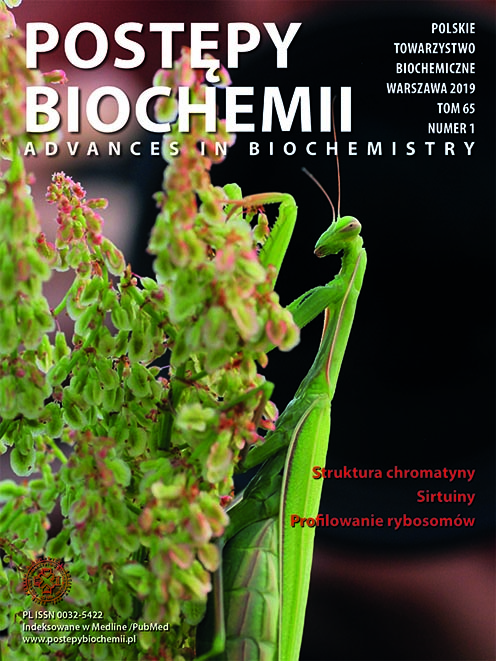Prokaryotic primases â structure and function
DOI:
https://doi.org/10.18388/pb.2019_253Abstract
Primases are responsible for the synthesis of a short oligo RNA, which serves as primer for DNA polymerase. Primases play an essential role in the initiation of DNA replication at the origins, in the synthesis of Okazaki fragments and in the restart of stalled replication forks. Prokaryotic primases based on their structure and sequence alignments are classified as a family of DnaG proteins. Primases from this family contain three distinct domains: an amino terminal domain with a zinc ribbon motif involved in binding template DNA, a middle RNA polymerase domain, and a carboxyl-terminal region that either interacts with a helicase or is itself a DNA helicase. In this review, we are presenting the comparison of the representative primases from bacteria and bacteriophages, their mode of action and their involvement in DNA replication at the replication fork.
Downloads
Published
Issue
Section
License
All journal contents are distributed under the Creative Commons Attribution-ShareAlike 4.0 International (CC BY-SA 4.0) license. Everybody may use the content following terms: Attribution — You must give appropriate credit, provide a link to the license, and indicate if changes were made, ShareAlike — If you remix, transform, or build upon the material, you must distribute your contributions under the same license as the original. There are no additional restrictions — You may not apply legal terms or technological measures that legally restrict others from doing anything the license permits.
Copyright for all published papers © stays with the authors.
Copyright for the journal: © Polish Biochemical Society.




